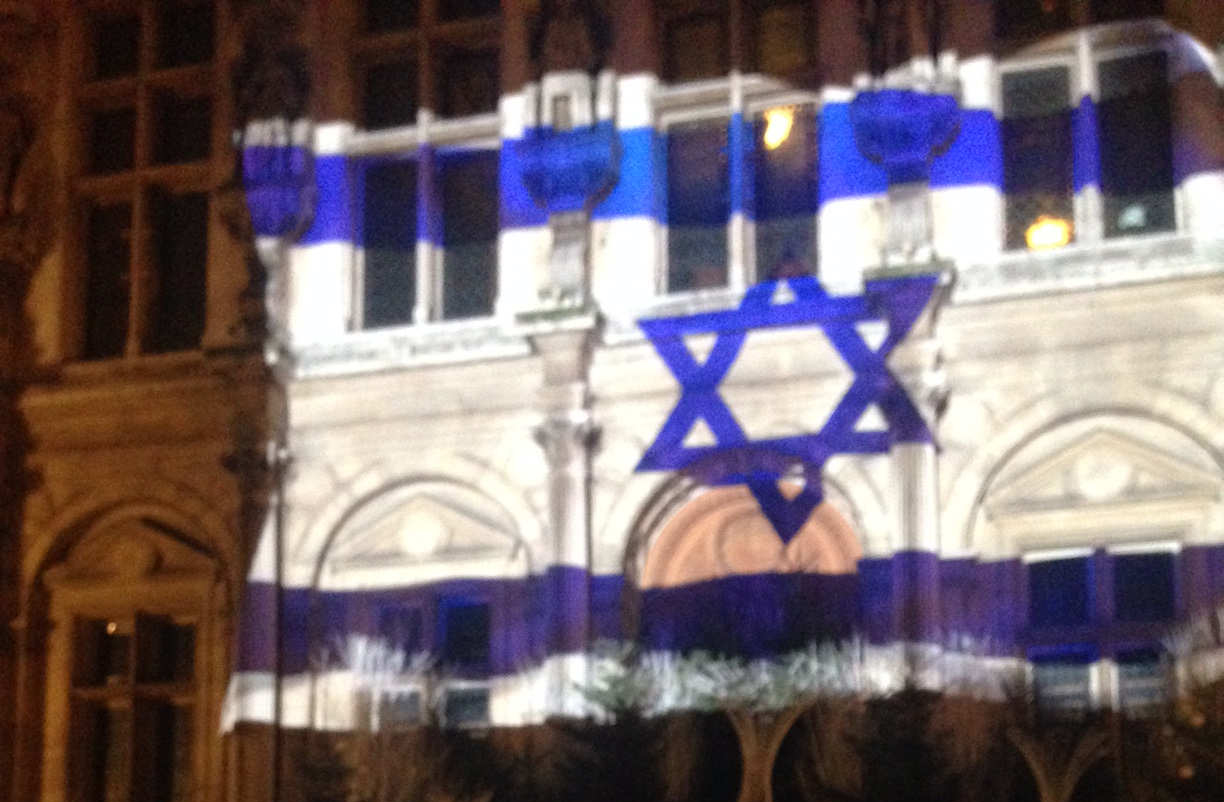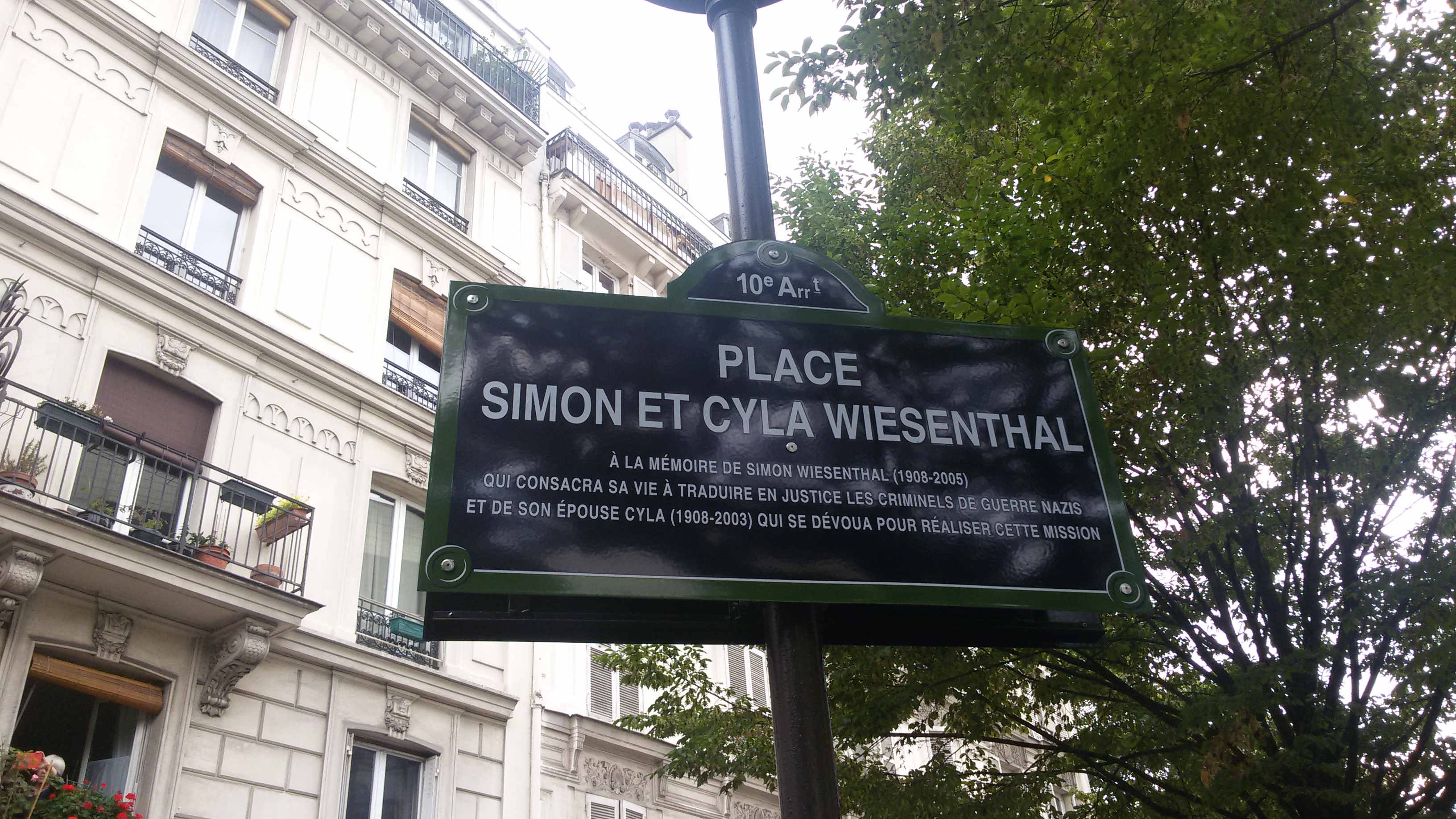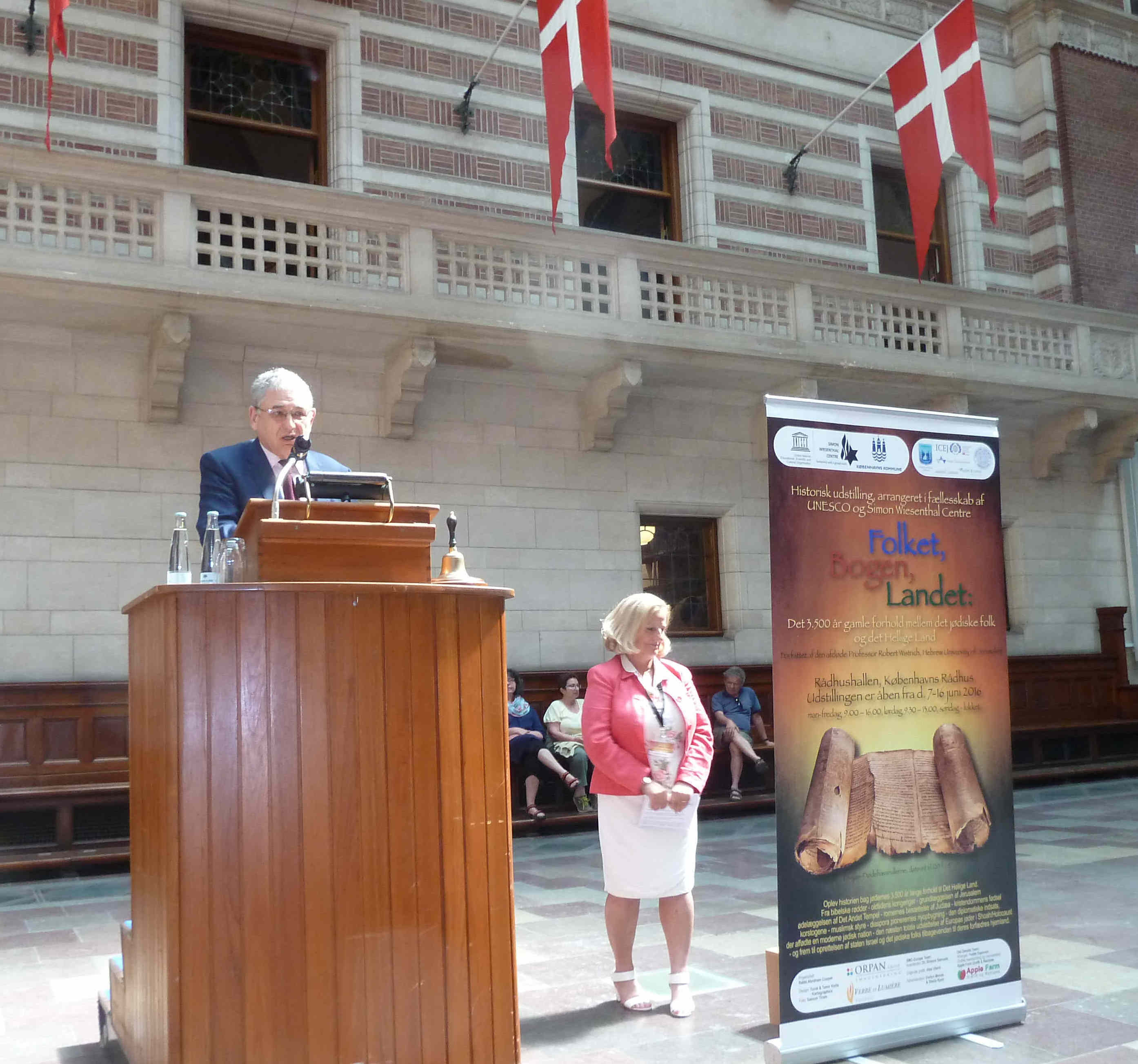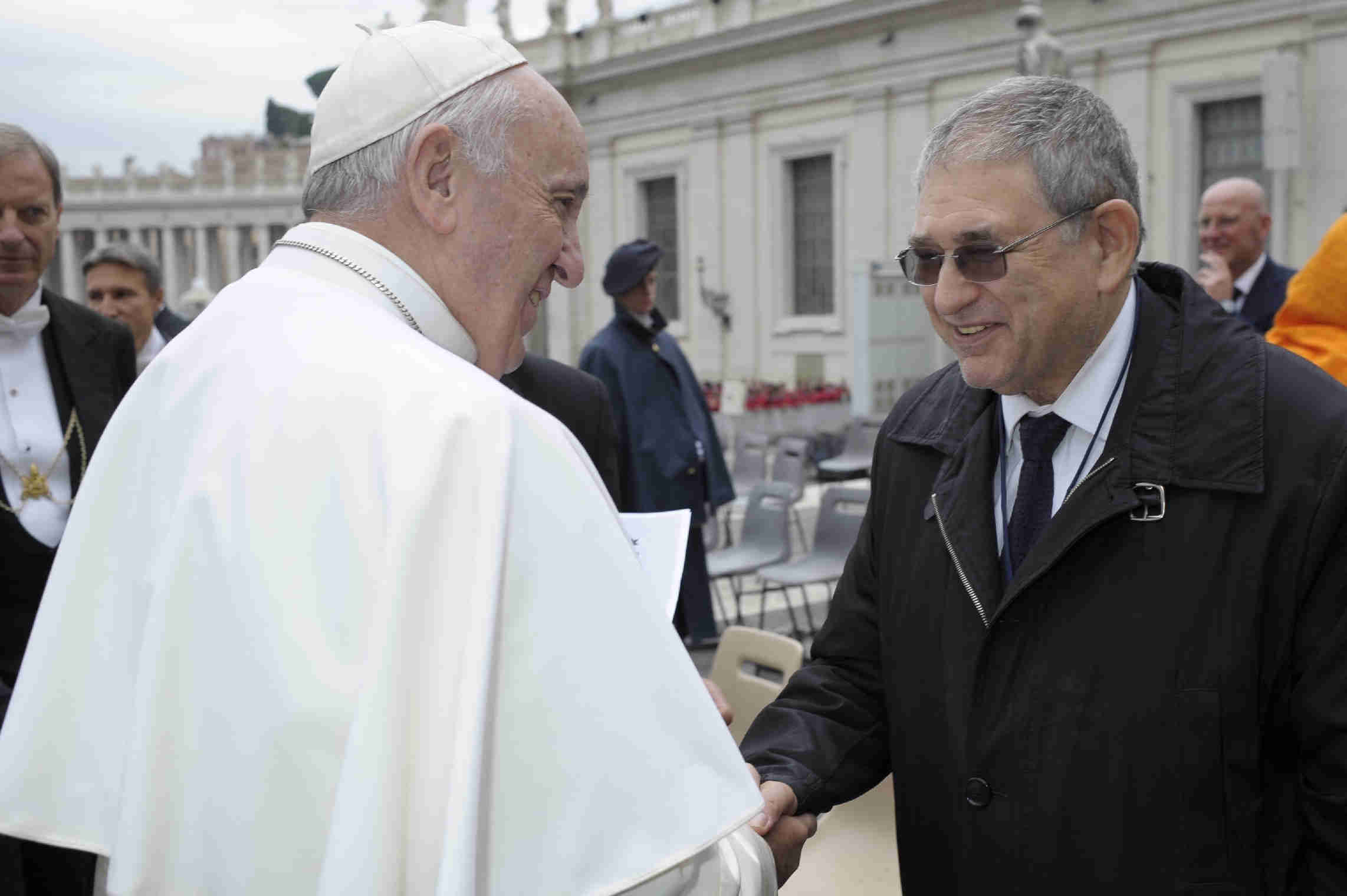Paris, 9 July 2025
As for the past 22 years, Dr Shimon Samuels, Emeritus Director for International Relations of the Simon Wiesenthal Centre, and Alex Uberti, independent researcher and Project Manager for CSW-Europe, are participating in the activities of the World Heritage Committee (WHC). This year’s 47th session is held in UNESCO’s Paris headquarters.
Since its accession to UNESCO in 2011, the “State of Palestine” has been campaigning in WHC sessions – in Mumbai, Riyadh, Manama, Cracow, Doha, Bonn, Phnom Penh, or St. Petersburg... – with the aim of appropriating Jewish and Christian heritage and historical sites, in order to validate its own narrative. So far, it has obtained the following:
- in 2012, “Birthplace of Jesus: Church of the Nativity and the Pilgrimage Route, Bethlehem”. Though the site is formally under the custodianship of the Greek Orthodox, the Roman Catholic and the Armenian Apostolic churches, they hardly risked speaking out freely after being intimidated... Nevertheless, in a Samuels’ visit to Yerevan, the Catholicos of All Armenians admitted that he had not even been informed beforehand by the Palestinians, regarding their intention to take control over the Church. This appropriation was accompanied by the spurious claim that “Jesus was a Palestinian” – though all historical and religious sources indicate him as being born, having lived and died as a Jew, in Judea well before the Romans renamed that land Syria Palaestina (in 135 C.E.) to punish a Jewish revolt.
- in 2014, “Palestine: Land of Olives and Vines – Cultural Landscape of Southern Jerusalem, Battir”... also called Khirbet al-Yahud (“Ruin of the Jews"). This is the ancient Hasmonean fortress of Beitar, the base of the abovementioned Bar Kochba Israelite revolt against the Romans. Curiously, today’s few Palestinian wineries (as in Taybeh, ancient Judean town of Ophrah) were originally prolific wine-producing towns under both Jewish and Christian rule...
- in 2017, “Hebron/Al-Khalil old town”, including the Tomb of the Patriarchs, also known as the Machpelah Caves, that are claimed as the Ibrahimi Mosque. Hebron is the second holiest site in Judaism, and hosts a resilient Jewish community.
- in 2023, “Ancient Jericho/Tell es-Sultan”, the first Canaanite (pagan) city conquered by the Israelites... and later fortified around the central mound (Tell). Even under Persian rule, Jericho was the fertile centre of “Yehud Madinata” (Province of Judah). Under Herod the Great, a new palace and fortifications were built, but from the Roman conquest onwards, Jericho declined. Renamed Ariha by Muslim rulers, it was reduced to “a desolate town of 50 poor houses” in 1659, and under Ottoman rule, in 1870, the census barely counted “36 houses and 105 men”. Jews never got a chance to return Jericho to its ancient glory.
- in 2024, “Saint Hilarion Monastery/Tell Umm Amer”, in Gaza. Listed on the spur of claims it had been destroyed, the latest report by UNESCO states it remains intact and “not directly damaged”. Of course, this is news that the media will probably not be interested in reporting.
In addition to these sites, the “State of Palestine” has laid claims – a proper “wish-list” – also on:
- Rachel’s Tomb, the burial site of the Biblical matriarch, close to Bethlehem, claimed as the “Bilal bin Rabah Mosque”.
- The Western Wall (a.k.a. the Wailing Wall), the holiest shrine of Judaism, referred to by the Arab Muslims as the “Buraq Wall”, to honour Muhammad’s winged steed, tethered to the Wall after purportedly flying from Mecca, to allow the Prophet’s ascent to Heaven, all in one night. Of course, there is no mention of Jerusalem in the Quran, while the heavenly ascent was originally recounted to have happened near the Kaaba in Mecca, some 1300 km away.
- The Qumran Caves and the Dead Sea Scrolls – the oldest manuscripts, mostly in Hebrew, but some also in Aramaic and Greek, of essential historical and religious significance – foundational documents for Judaism and Christianity. Luckily, most of the scrolls are preserved intact in Jerusalem, and the caves are under the protection of Israel’s Nature and Parks Authority.
This year, apart from a speedy confirmation by consensus – with no discussion – of the sites already listed by UNESCO and the WHC, we hope that “Palestine” will not try to force a new entry from its “wish-list”.
* * *
For further information, contact csweurope@gmail.com







